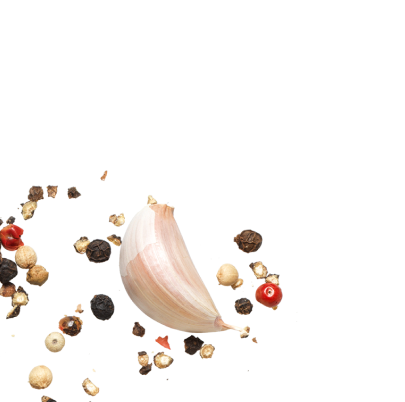LeBron James vs. Michael Jordan, Baby Yoda vs. Baby Groot, Drake vs. Kanye…the great debates may never be answered, but when it comes to keto vs. paleo, we can give you the facts. Both are popular diet plans and promote high-quality, nutrient-rich foods. If you’re thinking about a pantry makeover, you gotta know what you’re yourself getting into, so read on to discover the difference between keto and paleo and which one is for you.

What is Keto?
The keto diet revolves around tracking macronutrients (protein, fat, and carbs). It’s a high-fat, low-carb strategy to maintain a state of ketosis. Here’s how it works: Typically, the body uses glucose (carbohydrates) for energy. To achieve ketosis, you need to drastically cut your carb intake. Your body will shift gears and utilize fat instead, using ketones as an alternative energy source.
Before you stock up on snacks and fast foods that are filled with trans fats and processed oils, know that keto favors healthy fats – things like extra virgin olive oil, flaxseed, chia seeds, nuts, and dairy. Avocado will be your best carb friend, and some accepted proteins include salmon, eggs, grass-fed animals, and eggs.
Ketosis requires diligence, but once you’re there, you’ll discover a superhuman ability to never be hungry. (Well, not quite but almost.) Recommended macro ratios are about 70%-80% fat; 15%-25% protein; and only 5%-10% carbs. Many followers also include intermittent fasting to remain in ketosis.

What is Paleo?
That’s “paleo” as in the paleolithic era and the super active hunter-gatherer humans who lived in it. Paleo is a back-to-basics approach, simulating what our hunter-gatherer ancestors ate and nixing the sugar and processed foods common in modern Western diets.
The idea is that we’re better suited to handle grass-fed meats, poultry, seafood, veggies, nuts, fruits, and high protein snacks over grains, dairy, and sugar-laden foods. Supporters believe this can help lower inflammation, improve digestion, and promote overall health. Along with diet, paleo encourages exercise and stress-relieving activities like meditation and yoga… which tbh sounds a lot better than actual hunting and gathering.

Paleo Vs. Keto: Main Differences
So with all that being said… is paleo the same as keto? Both diets avoid grains, legumes, refined oils, and sugary carbs while they promote whole foods, healthy fats, and protein. But while there is a lot of overlap, they aren’t exactly the same. Here are some of keto and paleo’s main differences:
Goals & Lifestyle:
Keto is a rigorous plan that revolves around balancing macros. For many people, keto isn’t a life-long eating style but something they do periodically for health or weight loss reasons. More flexible, paleo favors foods that early humans consumed to optimize overall wellness.
Carbs:
Keto automatically means very minimal carbs. Paleo isn’t necessarily a low carb diet – fruits, carby veggies, and even paleo sweeteners like honey are welcome. However, both diets avoid refined carbs like bread, soda, cereal, and bakery treats, and paleo often ends up being pretty low carb for this reason.
Protein & Fat:
Calories on keto primarily come from fat. With paleo, it’s usually protein, but there are no hard and fast rules about where your calories need to come from. While dairy is restricted with paleo, cheese and whole milk are acceptable with keto as long as you can stay in ketosis.

Keto vs. Paleo for Weight Loss
Both diets can be great for weight loss, especially if you’re shifting gears from a diet full of sugar and processed foods. Keto can help you drop pounds quickly, especially if you track your macros and calorie intake diligently. If you don’t want to or can’t stay in a ketogenic state long-term, you’ll need a modified plan to maintain weight loss when you’re not in ketosis.
For most people paleo is easier to maintain over long periods of time, so if you’re looking for an overall lifestyle change you can stick to as you lose weight, paleo might be more your thing.
Remember that it doesn’t have to be all or nothing when you’re choosing between keto or paleo. If you have weight loss goals, keto might be able to get you there faster than paleo. Then, you can maintain weight by sticking to a low-carb paleo approach throughout the year.

Bottom Line
In the great keto vs. paleo debate, the bottom line is that you’ll want to define what your personal goals are. Both diets involve kicking junk to the curb to help the body thrive. It comes down to what you (and your doctor!) decide is best for you and your lifestyle.



